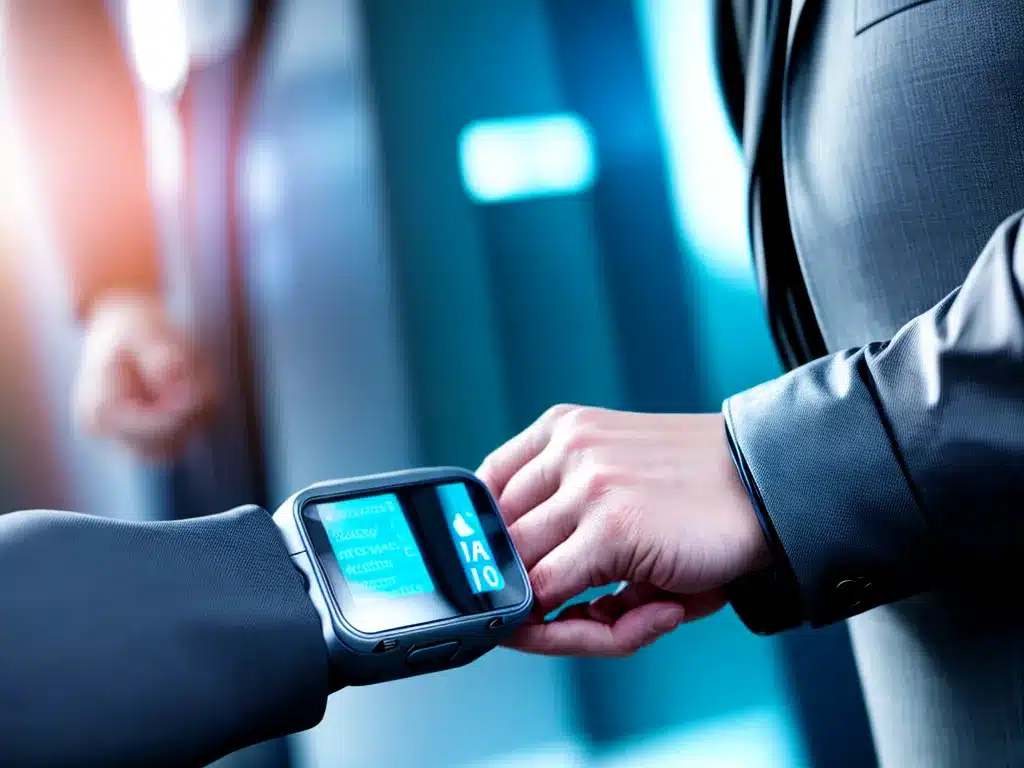
Security Considerations For Wearable Tech Devices
Introduction
As I dive deeper into the world of wearable technology, an important consideration that comes to mind is security. Wearable devices like smartwatches and fitness trackers contain sensitive personal information, so it’s crucial that I understand the security risks involved before purchasing and using them. In this article, I will explore various security concerns regarding wearable tech and provide recommendations on how to keep my data safe.
Collecting and Storing Data
Wearable devices collect a wealth of personal data including location, health metrics, behavioral patterns and more. This data is valuable for delivering useful insights to the user but also poses security risks if compromised.
Types of Data Collected
Some types of data wearables may gather include:
- Location data via GPS to track runs or commutes
- Health and fitness data like heart rate, activity tracking, sleep patterns
- Messages and notifications from connected smartphone apps
- Payment information for contactless payments on smartwatches
- Behavioral usage data for purposes like adjusting algorithms and product improvement
Data Storage
The data collected can be stored locally on the device or transmitted to the cloud.
- Local storage is vulnerable if the device gets lost or stolen.
- Cloud storage introduces risks of data breaches especially if encryption is weak.
I need to research how reputable wearable brands handle my data storage for best security.
Data Sharing
Wearable makers may share anonymized data with third parties for research or targeted marketing. I should review privacy policies to understand data sharing practices. Opting out of data collection may reduce functionality but increase privacy.
Securing Device Connectivity
Wearables like smartwatches rely on connectivity with smartphones for functionality. But this connectivity also poses security risks if not managed properly.
Bluetooth and WiFi Connections
Bluetooth pairing between a wearable and phone should be protected by strong encryption. Weak Bluetooth implementations are vulnerable to man-in-the-middle attacks. For WiFi, I need to only connect wearables to trusted networks protected by strong passwords.
Location Services
Location data allows features like GPS tracking but can expose my location if compromised. I should disable location permissions for wearable apps that don’t need it.
Device Loss and Theft
Losing a wearable device or having it stolen could let strangers access the personal data stored on it or connected accounts.
Lock Screens and Encryption
I should use lock screens with strong passwords/PINs to secure devices. Encrypting data storage adds another layer of protection in case of loss or theft.
Remote Disabling and Wiping
Most wearable platforms allow remotely disabling or wiping lost devices. I should be ready to use these features if my device goes missing.
Minimal Data Storage
Storing minimal data on the wearable device limits exposure. I can configure connected accounts to avoid syncing sensitive information.
User Behavior and Awareness
How I use my wearable also impacts security. Making some changes can help prevent compromises.
Software Updates
I need to promptly install software and security updates provided by the manufacturer to get fixes for known vulnerabilities. Updates keep devices secure.
App Permissions
It’s important to only grant the minimal permissions required to apps and services connected to my wearable. Overly permissive permissions increase exposure.
Device Visibility
Using wearable devices discreetly in public spaces helps avoid making myself a target. Flashing expensive tech can attract criminals looking to steal it.
Security Habits
Developing good security habits like strong password hygiene and safe browsing are important even with wearables. My usage behaviors impact security.
Conclusion
While wearable devices deliver great convenience and utility, their security can’t be overlooked. I need to apply precautions around data collection, device connectivity, loss prevention and user behavior. Researching specific wearable products for good security practices is key. Adopting vigilant personal security habits will help me reap wearable benefits more safely. With some diligence, I can confidently embrace the wearable technology revolution.












